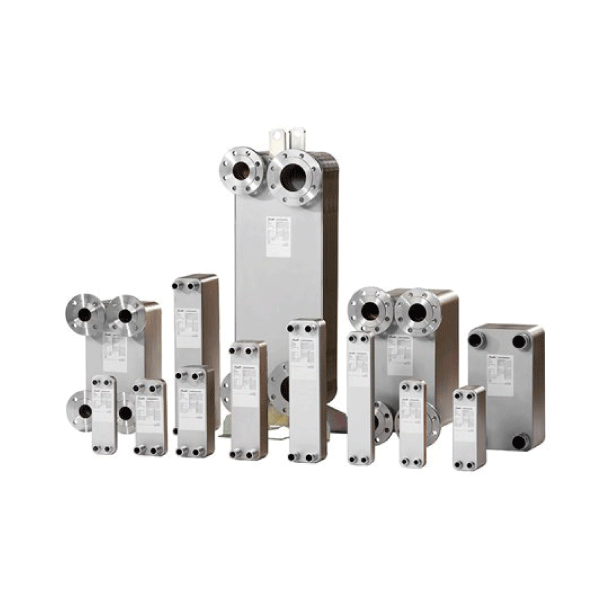Description
Advantages
- The plates and plate patterns are constructed to maintain a high thermal efficiency with a low pressure drop
- There are two pattern designs available with different pressing angles giving respectively high/low turbulence flow, dependant on the given selection
- The inlet channels allow for maximum strength in the inlet area, whilst maintaining minimal contact points, reducing blockage at the flow distribution zone
- The inlet design ensures even distribution of the liquids across the heating surface
- The gasket is placed in a dedicated retaining gasket groove. This secures the elasticity of the gasket even after a long time of compression
Plate Design
The construction of the inlet part makes for a perfect distribution of the liquids across the heating surface. The inlet part is increased and supplied with grooves preventing “dead spots” which could cause the growth of bacteria in the plate heat exchanger. The inlet with grooves secures a strong inlet part with a minimum number of contact points.
The inlet parts are constructed with a leakage drain zone fulfilling the AAA specifications.
The heat transfer plates are designed with a gap between plates up to 11mm depending on the plate type. This is because the pattern of the plate pressing has horizontal waves maintaining no “plate contact points” in the flow direction, the flow channels remain free of obstacles allowing the media/particles to flow freely.

Pool Heating Plate Type Heat Exchangers
-
BROCHURES
-
MANUALS
-
SPARES LIST
-
CE CERTIFICATIONS
-
WARRANTIES






